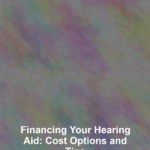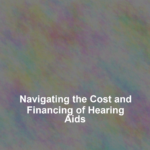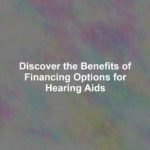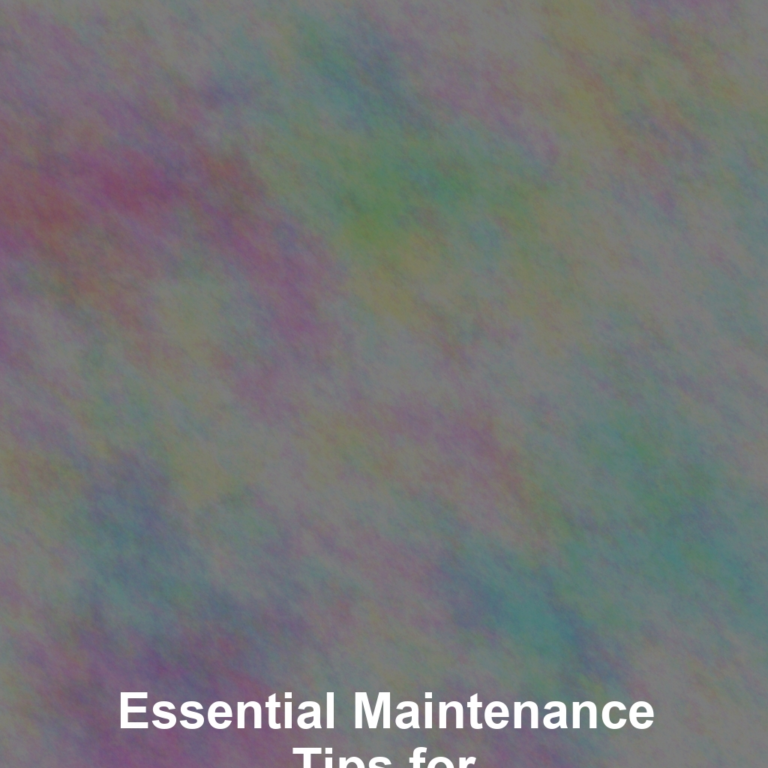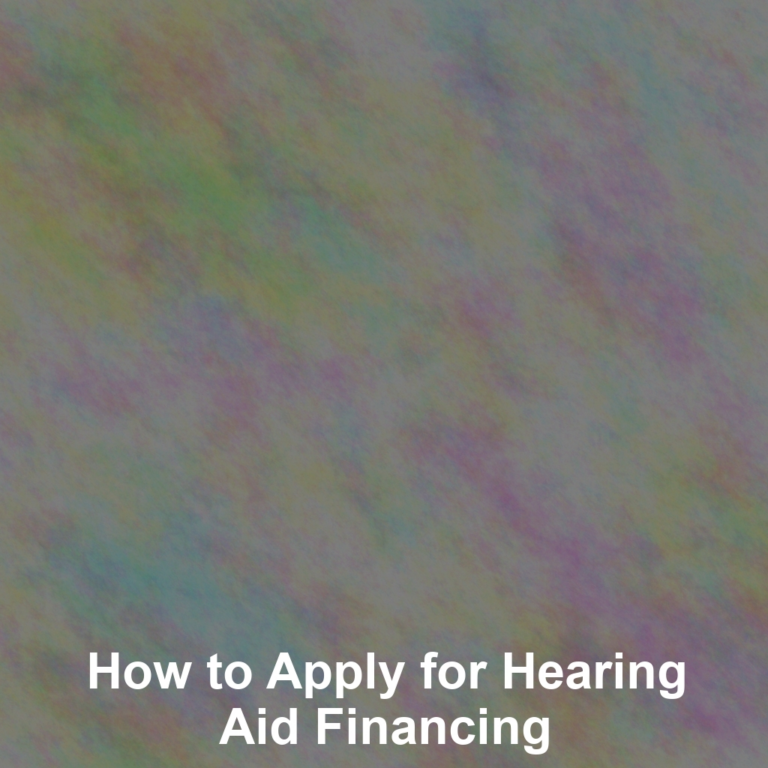Have you ever wondered why something as essential as the ability to hear comes with such a hefty price tag?
Navigating the financial landscape of modern hearing aids can be as complex as the technology itself. As youG??re weighing your options, youG??ll likely find that the cost of these advanced auditory devices is not universally covered by insurance, leaving you to explore alternative routes.
From financing plans tailored to suit your budget to assistance programs designed to lighten the load, there are numerous avenues you may not yet have considered.
Stick around, and youG??ll discover the keys to unlocking a world where better hearing doesnG??t have to break the bank.
Understanding Hearing Aid Prices
When youG??re in the market for a hearing aid, the variety of prices can be as overwhelming as the technology itself. Prices range from a few hundred to several thousand dollars, and itG??s not always clear what youG??re paying for. ItG??s crucial to understand that several factors influence the cost.
Firstly, the technology level of hearing aids dictates their price. Basic models provide ample support in quiet environments, while advanced versions feature noise reduction and wireless connectivity, bumping up the cost. YouG??re not just buying a device; youG??re investing in the quality of your hearing experience.
Secondly, prices vary with the type of hearing aid. Behind-the-ear models might be less expensive than completely-in-the-canal aids, which are more discreet. Consider whatG??s important to you: visibility or cost savings?
Lastly, donG??t overlook the value of professional services included in the price. Fitting, follow-up adjustments, and warranties can save you money and hassle down the line. ItG??s tempting to cut corners, but proper fitting and support can make or break your experience.
Insurance and Coverage Benefits
Navigating the maze of insurance and coverage benefits can significantly reduce the financial burden of purchasing hearing aids. Most insurance plans, including Medicare and private insurers, donG??t typically cover the full cost of hearing aids, but that doesnG??t mean youG??re completely out of luck. YouG??ll need to scrutinize your policy details to understand whatG??s covered.
Here are some pointers to keep in mind:
- Check Your Insurance Plan: Some plans may cover a part of the cost or provide an allowance for hearing aids. Look for any hearing benefits listed or contact your insurance provider for clarification.
- Medicaid: If youG??re eligible, Medicaid might provide coverage for hearing aids, depending on your stateG??s regulations.
- Flexible Spending Accounts (FSAs) or Health Savings Accounts (HSAs): You can use funds from these accounts to pay for hearing aids, often with pre-tax dollars, saving you money.
- Veterans Benefits: If youG??re a veteran, you may have access to hearing aids at no cost through the Veterans Administration.
DonG??t hesitate to ask your audiologist or hearing aid provider about insurance and financing options; theyG??re there to help. Also, look into nonprofit organizations that offer financial assistance for hearing aids. With some persistence, youG??ll find the support you need.
Financing and Payment Plans
Understanding your insurance options is crucial, but if coverage falls short, exploring financing and payment plans can offer a manageable path to acquiring modern hearing aids. Many hearing aid providers understand the financial burden and offer flexible payment options to ease the cost of these essential devices.
YouG??ll find that some clinics have in-house financing options, where you can spread the cost over several months or even years. Typically, these plans come with low or sometimes even zero interest if you pay within a promotional period. ItG??s important to read the fine print and understand the terms, so youG??re not caught off-guard by hidden fees or high-interest rates after the promotional period ends.
Alternatively, healthcare credit cards are specifically designed for medical expenses not covered by insurance. They often provide promotional periods with deferred interest, giving you a chance to pay off the balance interest-free. Remember, regular, timely payments are key to avoiding hefty interest charges once the promotional period ends.
Lastly, donG??t overlook the possibility of a personal loan. While this option generally comes with interest, shopping around for the best rates and terms can result in affordable monthly payments that fit your budget. Commit to researching and comparing all available financing options to ensure you find the best fit for your financial situation.
Assistance Programs and Grants
Exploring assistance programs and grants can provide you with additional resources to offset the costs of modern hearing aids. These programs are often tailored to meet the needs of various groups, including veterans, low-income families, and children. By taking advantage of these offerings, you could significantly reduce the financial burden associated with purchasing the hearing aid technology you need.
HereG??s what you should keep in mind when looking for assistance:
-
Check for government programs: In many regions, government-funded initiatives are available to help cover the cost of hearing aids. These may include Medicaid, state-sponsored programs, or tax credits for medical expenses.
-
Seek out non-profit organizations: Numerous non-profit groups offer support to individuals with hearing loss, providing discounted or free hearing aids to those who qualify.
-
Research manufacturer discounts: Some hearing aid manufacturers have their own assistance programs, offering discounts or rebates on their products.
-
Apply for grants: There are grants specifically designed for hearing aid users. These can come from private foundations or public charities and may require a detailed application process.
Saving Tips for Hearing Aids
Consider these savvy strategies to save money on your next hearing aid purchase without compromising on quality.
First, research and compare prices from various retailers, both online and in-store. YouG??ll find that some offer competitive pricing or price-match guarantees. DonG??t overlook models from previous years; theyG??re often discounted but still deliver excellent performance.
Next, check if your insurance plan includes hearing aid coverage, which can substantially lower your out-of-pocket costs. If youG??re a veteran, you may qualify for free or reduced-cost hearing aids through the VA. Similarly, ask about payment plans that spread the cost over several months, making the investment more manageable.
Look into refurbished models certified by the manufacturer. These devices undergo rigorous testing and often come with a warranty, providing quality at a fraction of the cost. Additionally, consider purchasing a basic model. Advanced features can be appealing, but you might not need all of them. Opt for the features that meet your specific hearing needs.
Lastly, keep an eye out for sales and promotions, especially during holidays or special events. Manufacturers and retailers sometimes offer significant discounts, which can lead to substantial savings. By being a smart shopper, you can find the right hearing aids without breaking the bank.
Conclusion
YouG??ve now navigated the maze of hearing aid costs and unearthed various ways to manage them. Whether itG??s through insurance benefits, payment plans, grants, or savvy saving strategies, thereG??s a solution that fits your budget.
DonG??t let the price tag silence your world; take charge of your hearing health by exploring these options. With the right approach, those modern hearing aids can be more attainable than you think.
Start listening to lifeG??s symphony again on your terms.


